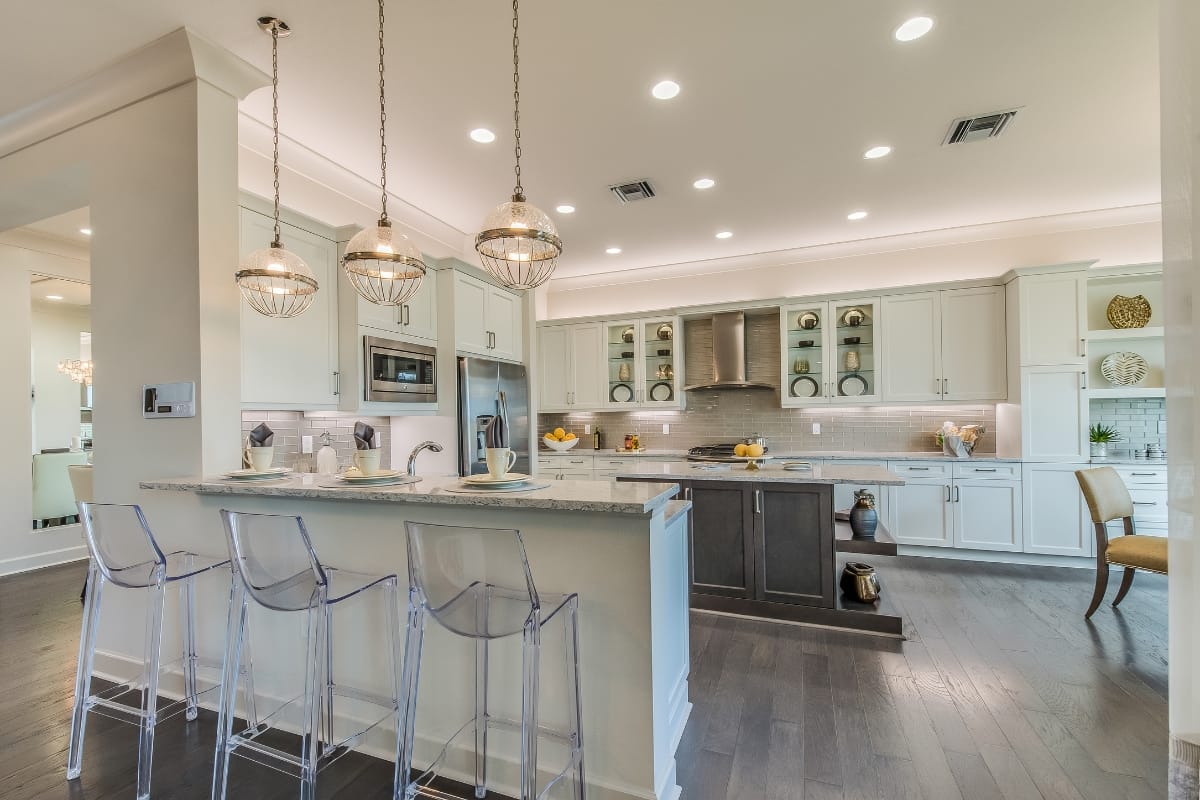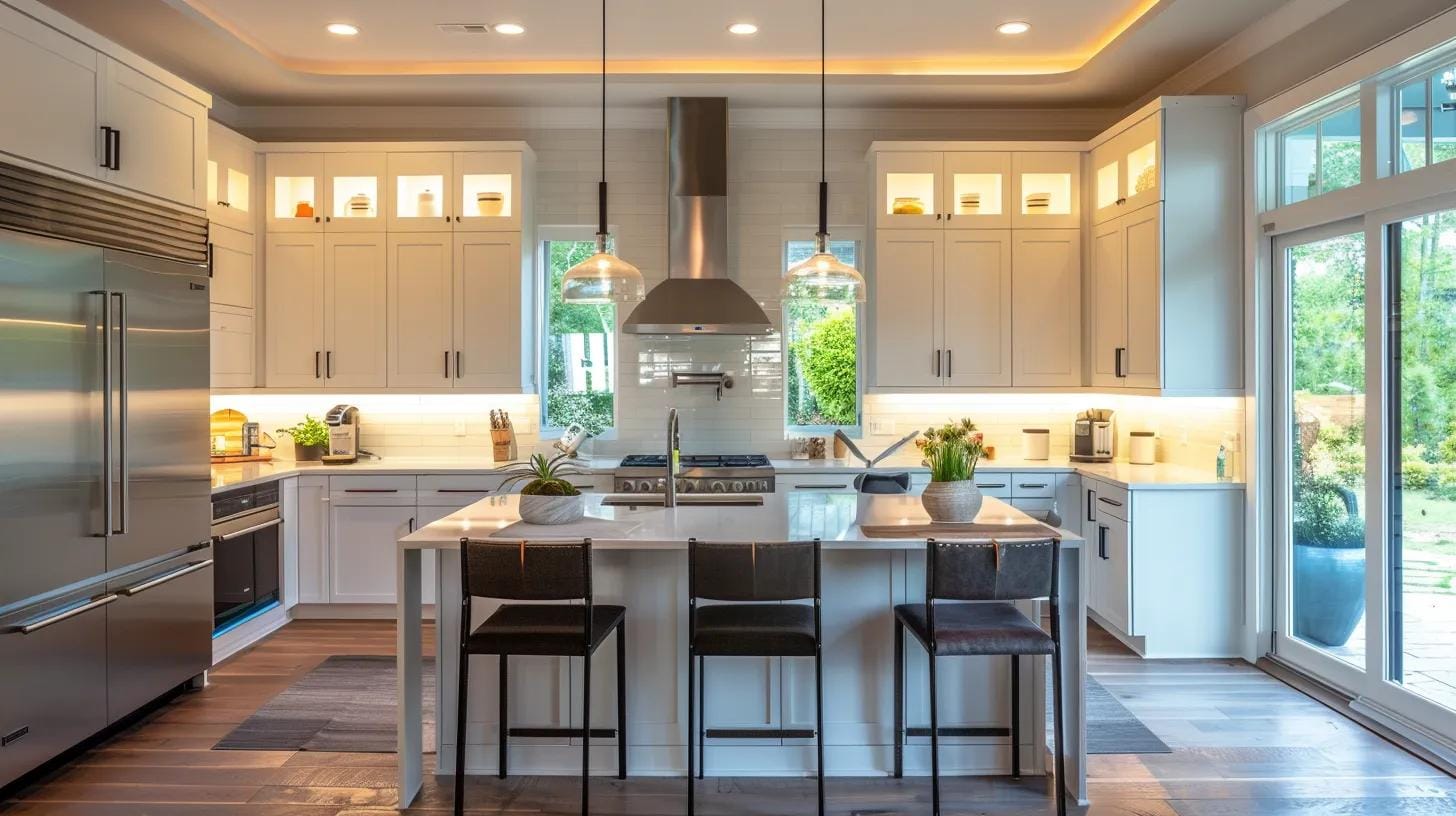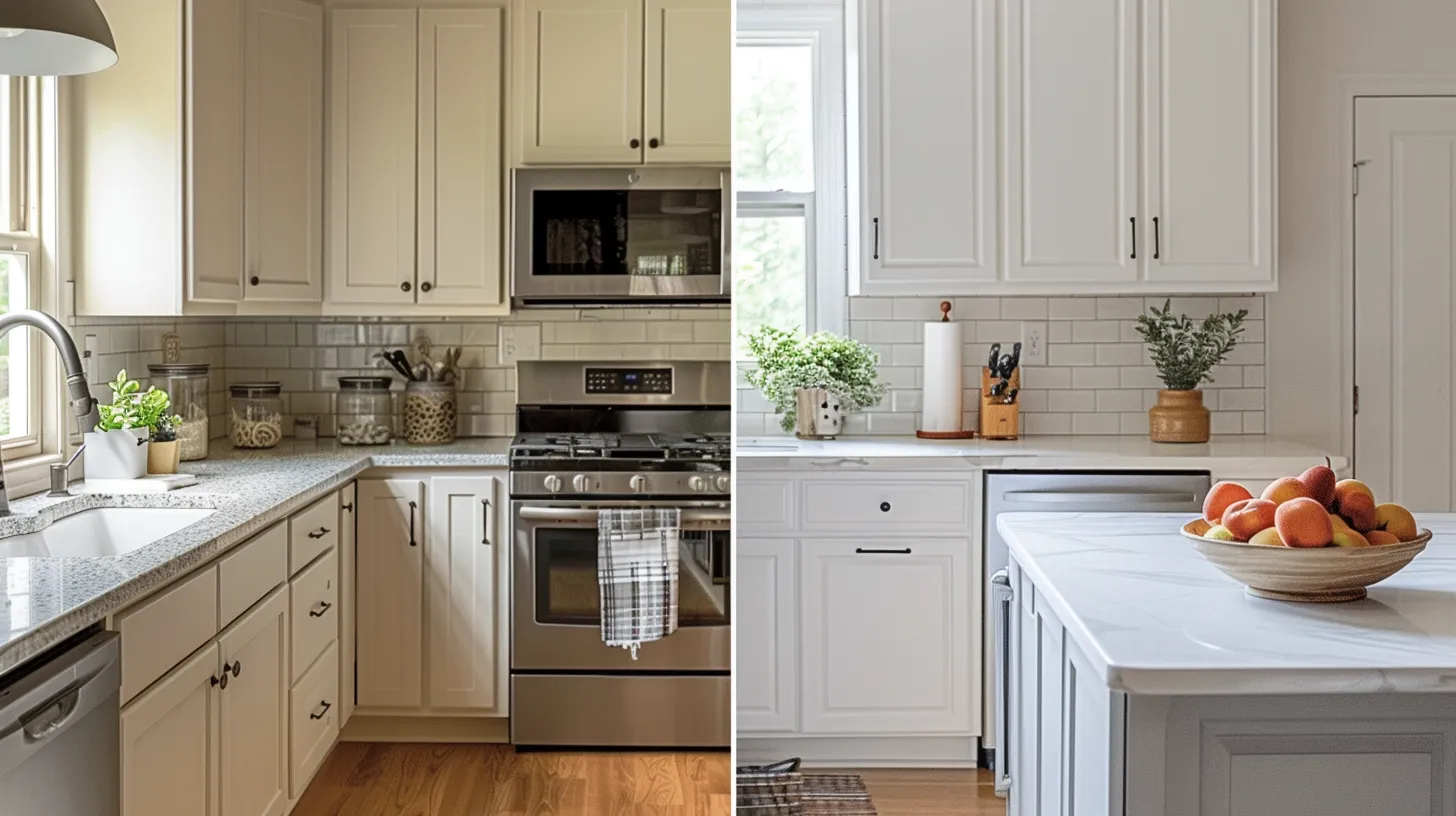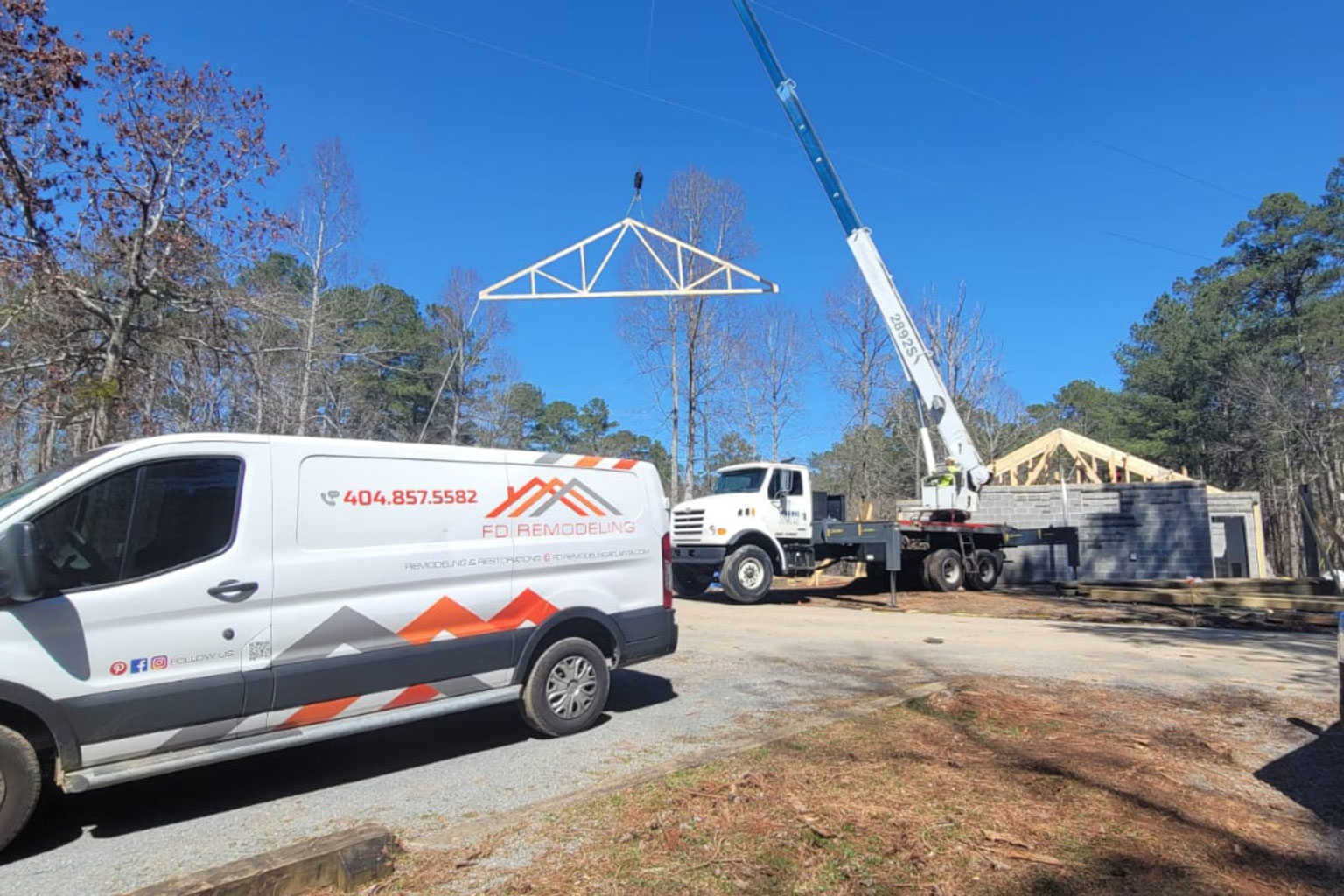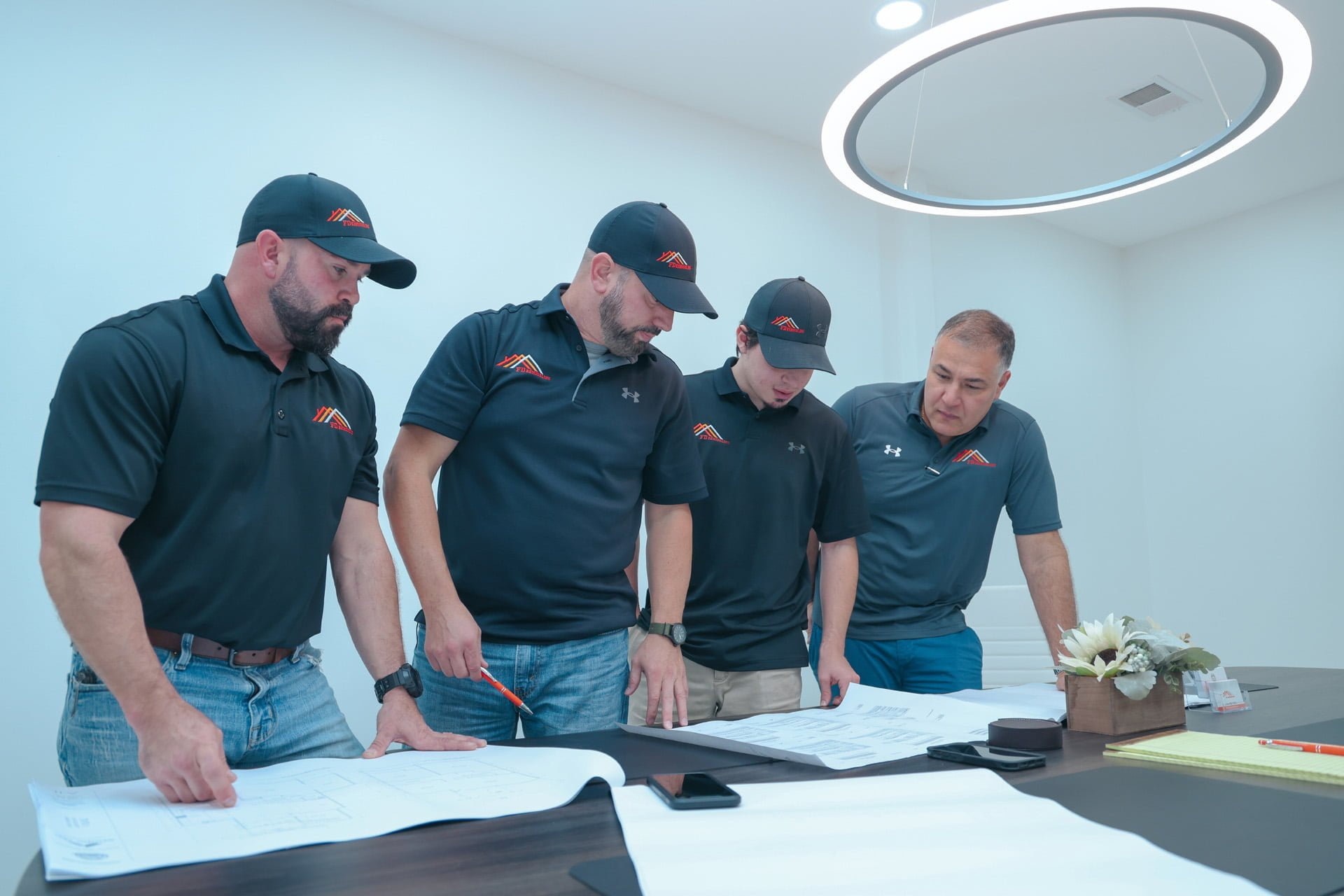Renovating your Roswell home can be an exciting opportunity to enhance comfort, functionality, and value—but without a clear plan, it can quickly become overwhelming. A well-structured, step-by-step remodeling process ensures a smooth transition from vision to reality, helping you stay on schedule, on budget, and stress-free.
Whether you’re updating a kitchen, revamping a bathroom, or undertaking a full-home makeover, understanding each phase of the remodel is key to achieving seamless results. In this guide, we’ll walk you through the essential steps of the remodeling process tailored for Roswell homeowners, from initial planning and design to final touches that make your house feel like home again.
Renovate Your Roswell Home Seamlessly with This Proven Remodeling Process
Establishing Your Renovation Vision

Before any demolition starts, the first step in any home renovation is getting clear on what you want. Having a defined vision helps guide every decision, from layout to materials, and prevents the project from drifting off course.
Begin by gathering ideas. Look through home magazines, create a digital inspiration board, or visit open houses in your area. Take note of what you like, and just as importantly, what you don’t. Think about your home’s existing style. If your Roswell home is a Craftsman, mid-century modern, or traditional colonial, decide whether you want to keep that look or modernize it while still respecting its original character.
Functionality should drive the design. Ask yourself what’s not working in your current space. Do you need more room to entertain? Better flow between the kitchen and living areas? More storage or natural light? Make a list of your top priorities, followed by features you’d like if the budget allows.
Being realistic is important too. Consider your timeline, your budget, and how flexible you’re willing to be if compromises come up. The more grounded your plan is from the start, the easier it will be to communicate with your contractor, make faster decisions, and stay on track.
Setting a clear renovation vision early on saves time, reduces stress, and helps ensure that the final result feels like a thoughtful upgrade, not just a collection of changes.
Setting Realistic Timelines and Budgets

A successful renovation starts with a budget and timeline that match the size and complexity of the project. Without clear expectations, it’s easy for costs to rise and schedules to slip, especially in older homes or during larger remodels.
Start by gathering rough estimates. Use online calculators or talk with a few contractors to get a basic idea of what similar projects cost in the Roswell area. Labor rates, permit fees, and material costs can vary depending on your location, so local research matters. Once you’ve got a general idea, add a 10–20% buffer to cover the unexpected, whether it’s hidden water damage, outdated wiring, or delivery delays.
For scheduling, divide the project into clear phases: design, permitting, demolition, construction, and finishing. Assign rough start and end dates to each phase, but stay flexible, weather delays, permit approvals, and material lead times can all throw off the original plan. Check with your contractor regularly to keep things moving and adjust as needed.
Also, think about how the project will affect your daily life. Will you need to move out during part of the renovation? Can you handle noise or limited access to parts of your home for several weeks? Planning ahead makes the process smoother for everyone involved.
A simple, clear timeline and budget won’t eliminate every surprise, but they will keep the project organized and give you something to fall back on when things change. It’s your roadmap for staying on track and for keeping your renovation from going off the rails.
Finding the Right Contractors and Professionals

The people you hire can make or break your remodeling project, so taking time to choose the right team is worth the effort. Start with personal recommendations. Ask friends, neighbors, or coworkers in Roswell who they’ve worked with and whether they’d hire them again. You can also check in with local hardware stores or supply centers, they often know which contractors are dependable.
Once you have a few names, make sure they’re properly licensed and insured. You can also look for affiliations with professional groups like the National Association of Home Builders (NAHB) or the National Kitchen and Bath Association (NKBA), which can add a layer of credibility.
Always interview multiple contractors or specialists. Get at least three bids for key roles like general contractors, electricians, and plumbers. Ask specific questions about how they handle delays, change orders, and unexpected problems. Make sure their timeline lines up with yours and that they’re comfortable working with the materials and design you have in mind.
Look at their past work, as most professionals will have a portfolio or photos of completed jobs. Try to find examples that match your project’s size and style. Online reviews can be helpful, but speaking directly to past clients will give you a clearer picture of what to expect. Ask about how well the contractor communicated, whether they stayed on schedule, and how they handled any issues.
Doing your homework up front helps avoid headaches later. The right team will not only deliver quality work but also keep your project running smoothly from start to finish.
Selecting Materials and Design Elements
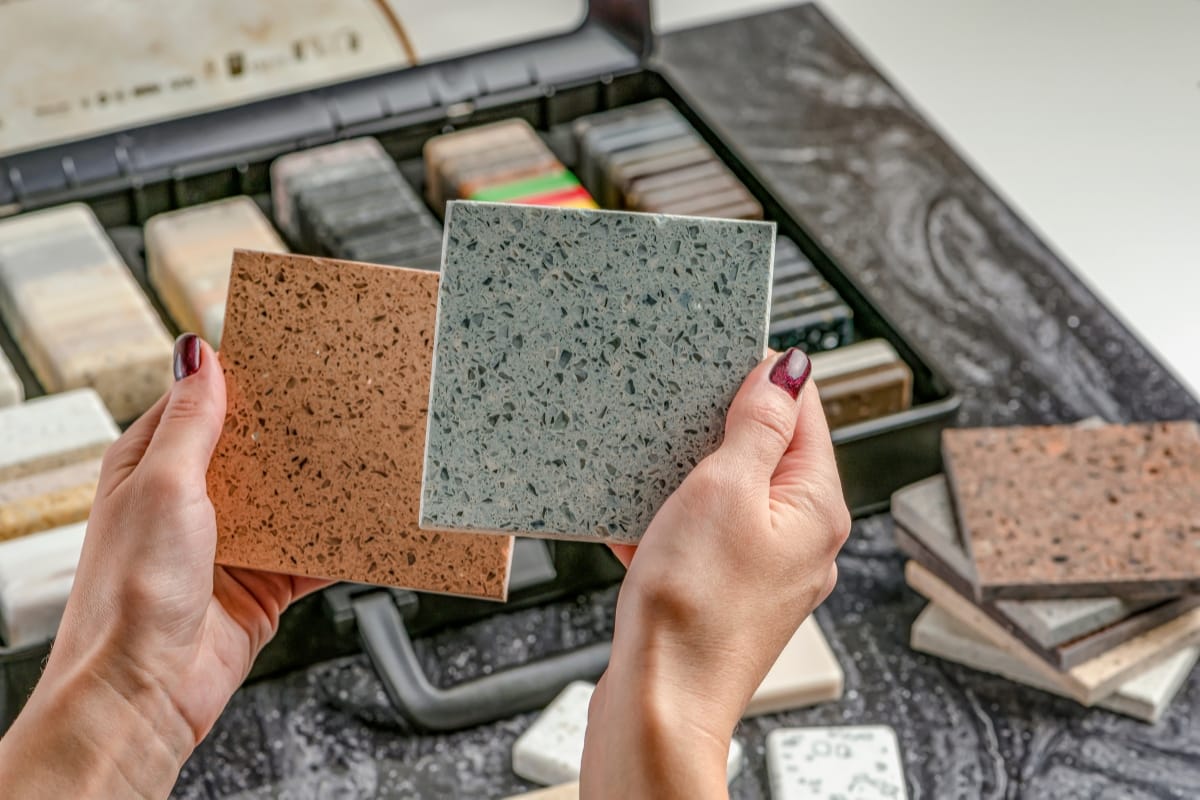
Choosing the right materials and finishes is a big part of any remodeling project. It’s where design meets function—and where your budget can get tested if you’re not careful. The goal is to find a balance between what looks good, what holds up over time, and what fits within your price range.
Start by gathering ideas. A simple mood board can help you visualize how different elements will come together. Collect samples of paint colors, flooring, tile, countertops, hardware, and fixtures. If possible, visit showrooms or supplier warehouses around Roswell to see materials in person. Photos online don’t always show true colors or textures, and touching a tile or walking on a flooring sample can make a big difference in your decision.
Keep practicality in mind. High-traffic or high-moisture areas need durable, low-maintenance surfaces. Quartz countertops, for example, are easier to maintain than marble. Porcelain tile may be a better fit than natural stone in bathrooms or kitchens because it’s more resistant to staining and water.
Ask about warranties, lead times, and availability before making final choices. Some specialty items may take weeks or months to arrive, which can delay your project. If sustainability is important to you, look into low-VOC paints, recycled materials, or certified sustainable wood.
Work closely with your contractor or designer to make sure your selections fit the space and are compatible with other design elements. Having these decisions finalized before construction begins will help avoid delays and keep your project on track.
The materials you choose don’t just shape how your space looks, they impact how it functions and how well it holds up in the years to come. Taking the time to make smart, informed choices now will pay off in the long run.
Obtaining Necessary Permits and Approvals
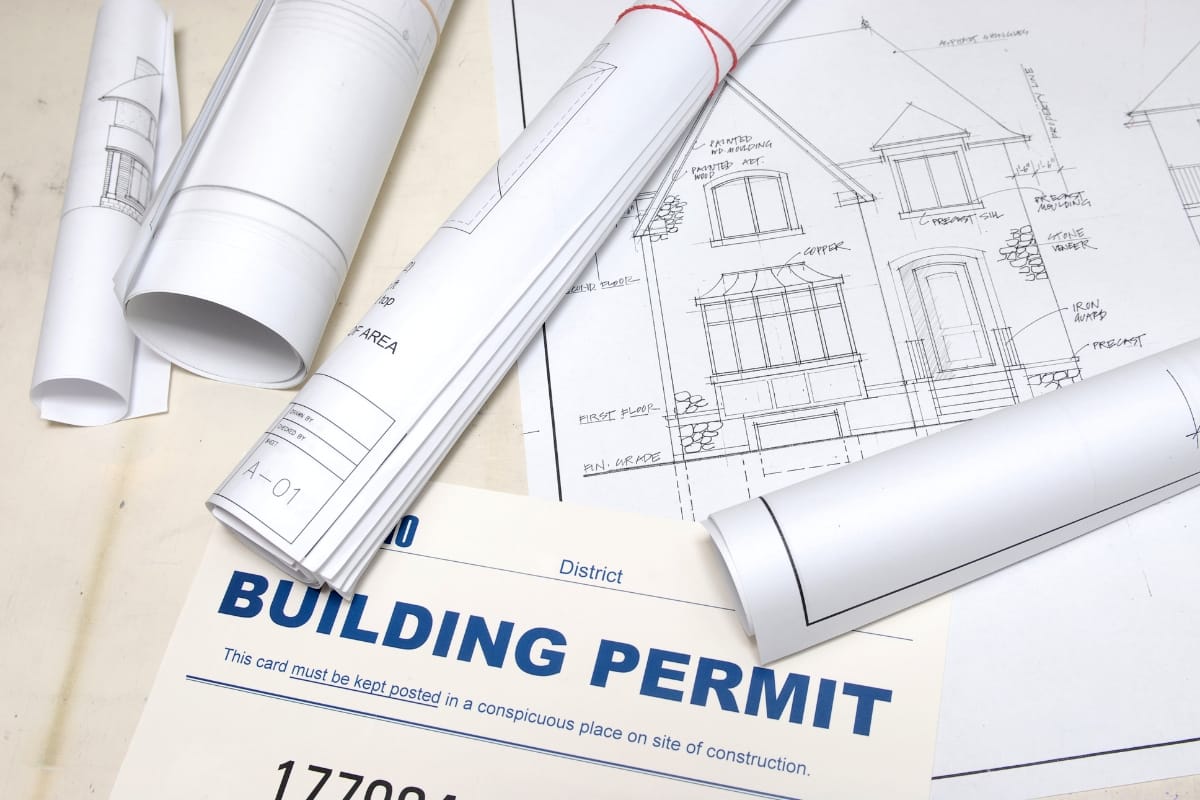
Getting the right permits is a critical part of any home renovation, it keeps your project legal, safe, and up to code. In Roswell, permits are typically required for anything beyond basic cosmetic updates. If you’re planning structural changes, electrical work, plumbing modifications, or HVAC updates, it’s important to check in with the Roswell Building and Planning Department early in the process.
Your contractor or architect can often manage the permitting process, but it’s still a good idea to understand what’s needed. Most projects will require submitting detailed plans, sometimes along with engineering reports or other documentation. The more complete your submission, the faster the approval process will go.
Timing is important here. Depending on the scope of your remodel and how busy the city is, permits can take anywhere from a few days to a few weeks to process. Be sure to factor this into your overall timeline so delays don’t catch you off guard.
Skipping permits may seem tempting to save time or money, but it’s not worth the risk. Unpermitted work can lead to fines, failed inspections, and problems when you try to sell the home. More importantly, permits exist to ensure that any changes meet safety standards, protecting you and your family.
Getting the right approvals from the start helps your remodel go smoothly and gives you peace of mind that the work is being done correctly and legally.
Managing the Demolition and Construction Phase

Once permits are approved and materials are on-site, the real work begins. Preparing the work area properly from day one can help minimize disruption and keep things moving smoothly.
Before demolition starts, take steps to protect the rest of your home. Cover floors, seal off doorways to control dust, and clearly mark off-limits areas. Set up a designated spot for storing materials and collecting debris so the worksite stays organized. Safety is a must, make sure your contractor is following basic protocols like using proper gear, keeping walkways clear, and securing tools and wires at the end of each day.
During construction, stay involved. Touch base with your contractor regularly, even if you’re not living on-site. Quick check-ins, whether in person or via text or email can help address questions before they turn into problems. Consider doing weekly walkthroughs to stay updated on progress and flag anything that seems off.
Keep track of changes, material deliveries, and any unexpected issues that come up. A simple daily log can help you stay organized and hold everyone accountable. Tracking deliveries also helps avoid delays due to missing materials or storage problems.
The more proactive you are during this phase, the better your chances of staying on schedule and within budget. Regular communication and basic oversight can prevent small issues from snowballing and help ensure your finished project meets expectations.
Handling Unforeseen Challenges and Changes

No matter how well you plan, unexpected issues can come up during a renovation. Hidden water damage, outdated wiring, or structural surprises behind walls are common once demolition starts. Instead of stressing, take a step back, document the issue with photos, and have a straightforward conversation with your contractor about next steps.
Work through the options together: what’s required to fix the issue, what’s optional, and how each choice will affect the budget and timeline. Some problems may need to be addressed right away, while others can be worked around or scheduled for later.
That’s where a contingency budget comes in. Setting aside 10–20% of your total budget for the unexpected can help you avoid scrambling for extra funds mid-project. If changes affect the schedule, make sure the timeline is updated and everyone involved is aware of the shift.
Clear communication helps keep the project on track. Get written confirmation for any change orders, revised costs, or design updates so there’s no confusion later. The key is to stay flexible, stay informed, and make decisions based on what will benefit your home in the long run.
Handling surprises calmly and methodically helps keep momentum going and ensures that your renovation stays on solid ground—even when the unexpected happens.
Adding Personalized Touches and Finishing Details

As your renovation wraps up, the final details are what bring the space to life and make it feel like home. This is the stage where your choices start to reflect your style in a practical, visible way.
Start with hardware—items like cabinet pulls, door handles, and faucets may seem small, but they can pull a room together. Whether you go with matte black, brushed nickel, or brass, make sure the finish complements the overall look of the space and is consistent throughout. If your budget allowed for custom features, now’s the time they shine. Built-in shelving, crown molding, and accent walls add character and function. These details help your home feel more finished and intentional.
Lighting also plays a key role. Use a mix of overhead fixtures, task lighting, and accent lights to give each room flexibility and depth. If you’re using smart-home systems, get them set up now—automated lighting, climate control, and security systems add modern convenience without changing the look of your space.
Lastly, layer in the décor. Rugs, artwork, throw pillows, and houseplants bring warmth and personality. These items are easy to change over time but give your home a finished look that feels lived-in and welcoming. These final touches are what take your renovation from functional to personal. It’s more than just checking a box—it’s about making the space reflect how you live and what you value.
Completing Final Inspections and Quality Checks
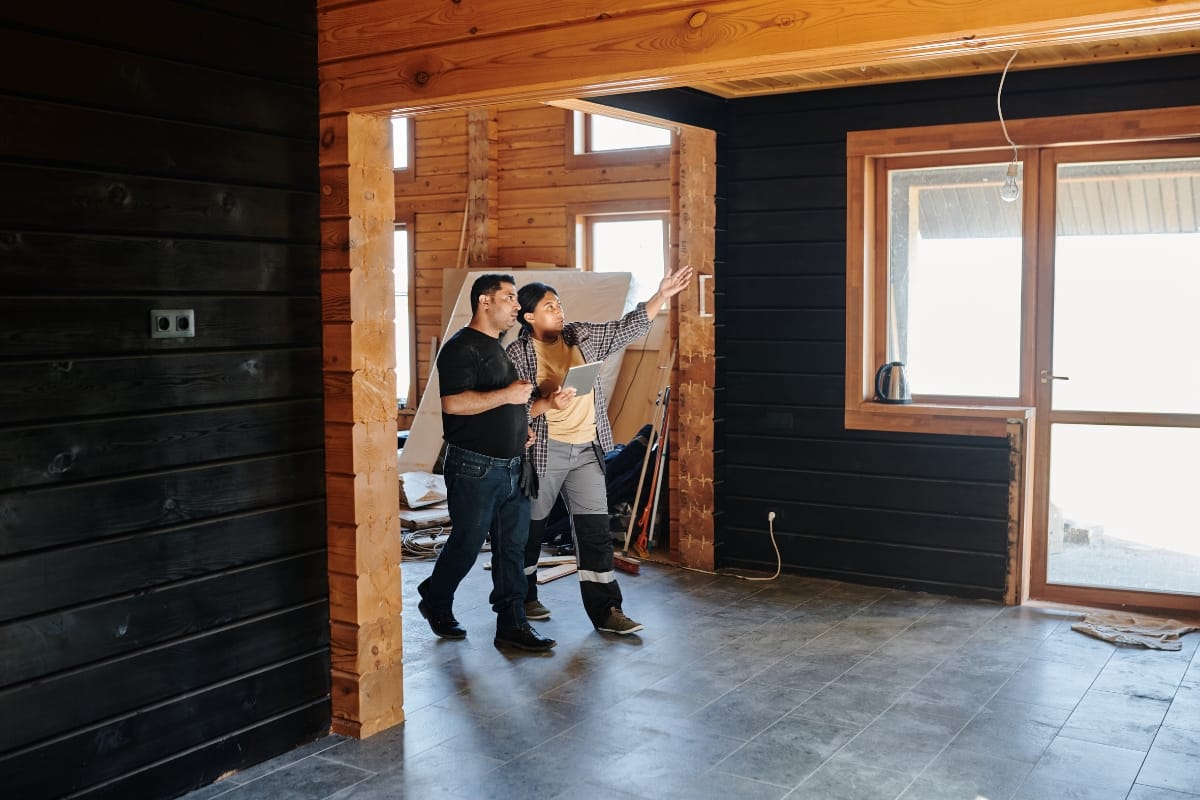
Before wrapping up your renovation, take time to confirm that everything meets both code requirements and your expectations. Final inspections are an important step to ensure the work is safe, complete, and built to plan. In Roswell, your local building inspector will need to sign off on any permitted work—this includes structural changes, electrical systems, plumbing, and HVAC updates. Your contractor should schedule these inspections and make sure all required documentation is ready.
At the same time, go through the final punch list with your contractor. This includes small but important fixes like adjusting cabinet doors, touching up paint, cleaning up grout lines, and making sure hardware is properly aligned. These finishing tasks might seem minor, but they affect how the space looks and functions long-term.
Do your own walkthrough as well. Open and close every door and window. Run water in every sink and tub. Flip every switch. Check for uneven floors, misaligned tile, or anything that doesn’t seem right. If you spot issues, bring them up right away so they can be addressed before the job is officially complete. Taking this step seriously helps prevent future headaches. It’s your chance to make sure everything is done right—before you settle back into the space and start enjoying your newly renovated home.
Celebrating Your Successfully Renovated Roswell Home
Embarking on a home renovation doesn’t have to feel overwhelming—by following a clear, step-by-step process, you can watch your Roswell home transform smoothly from start to finish. At FD Remodeling Company, we handle every detail of your residential remodeling project, from initial design to final walkthrough, ensuring quality craftsmanship and open communication along the way. Ready to take the first step toward your dream space? Call us today at 404-857-5582 or fill out our online form to request your free estimate. Let’s make your renovation vision a reality with confidence and ease.



